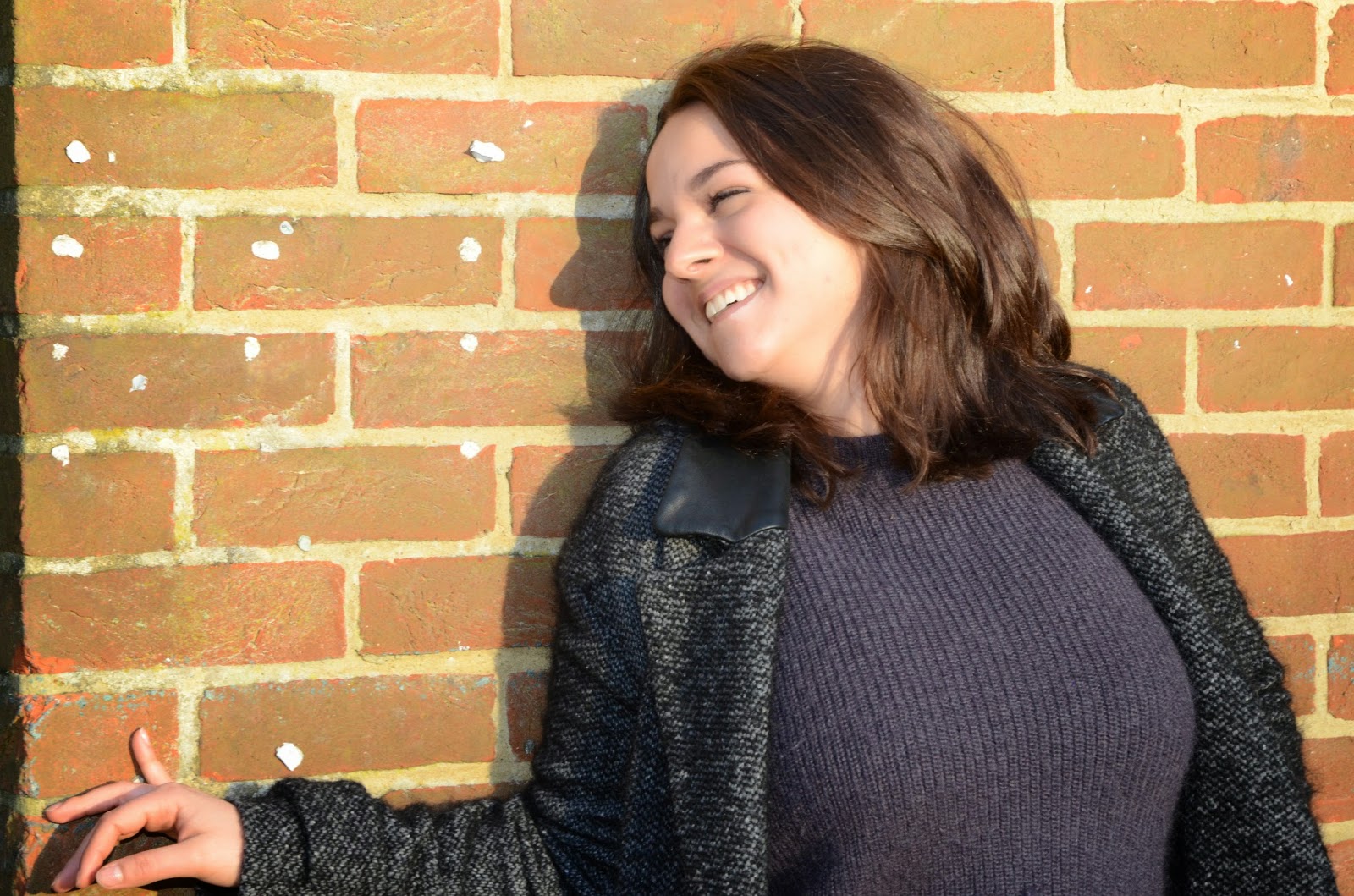Strangers...
Strangers are scary intimidating, naturally, because you've never met them. You don't know how they'll react to questions.
This weeks task was to go out into Brighton and talk to shopkeepers. The task was essentially to try to get us used to talking to strangers and taking photos of strangers. Quite the challenge I can say that much. Most were happy for you to take pictures of their shops but not of them. I only managed to find 2 people who were happy for me to take photos of them.
Brighton Jewels
The guy who runs this store was more than happy for me to take photographs of him and his stall so long as he could just carry on doing what he wanted. It seemed that me taking photos of him prevented people from going up and talking to him because whilst I was there, no one came up to him. Having a camera seems to intimidate some people.
This set of pictures was fairly hard to take as it was such a bright day. Although this does mean that the photos taken fully in the sun look striking as the sun bounces off the reflective surfaces, the shadows cast by the sun were quite severe, and required a fair amount of editing in order to be able to see everything the way I wanted.
Snoopers Attic
Snoopers Attic is one of my favourite places to go. It's full of kitsch little trinkets and they're all so beautiful. The people working in there when I went in were a mother and daughter pair. Pictures of them were off the cards completely. So instead I was left wondering around taking pictures of things in their store. Beautiful as they are, the lighting wasn't great so most of the pictures came out a bit too dark or blurry.
Snoopers Attic had a lot of interesting trinkets to take pictures of, and the light was really nice in there (which is why I kept the pictures). But that fact that the people working there were so unwilling to let me take pictures of them, it put me off a fair bit. I felt like if they got into any of the pictures accidentally, that I was intruding their privacy.
Artemis Sheepskin
Well, where do I even start?
The owner of Artemis is called Melissa, in true Brighton style she was eccentric and brilliant. More than happy to let me take photos of her and her shop, and even pose her!
Artemis is a shop that supports artisans. All the skins are sourced from one family in the Carpathian Mountains and all hand made, and BOY are the slippers soft.
Here are some of my favourite shots from the time I spent in her shop. She said I'm welcome back any time!
Artemis stocked a lot of the same products as snoopers attic, just in a smaller space. The glass and reflective surfaces were fun to take pictures of as they defract the light. Particularly the chandelier. The textures of the different fabrics and furs look great as well because the pictures I have on here are so clear. In reality, a lot of the pictures came out just a tiny bit blurry, although the blur couldn't be seen on the camera screen.


 Was a gift from his dad, the last thing that his dad gave to him when he was 8 before he left. Due to the delicate nature of the object I spent more time talking to Ed about it. I had him on the floor and he looks sad in a lot of the photos. His story was heartbreaking to hear.
Was a gift from his dad, the last thing that his dad gave to him when he was 8 before he left. Due to the delicate nature of the object I spent more time talking to Ed about it. I had him on the floor and he looks sad in a lot of the photos. His story was heartbreaking to hear. Ladi brought along a book. The book was something he associates with a very specific memory. He found it in a very hidden bookshop when he was walking through London. He brought the object because the memory associated with it makes him happy. The shot I like best is one where he is gazing down at the book with a very thoughtful expression. I like the idea that the book takes him to a happy place.
Ladi brought along a book. The book was something he associates with a very specific memory. He found it in a very hidden bookshop when he was walking through London. He brought the object because the memory associated with it makes him happy. The shot I like best is one where he is gazing down at the book with a very thoughtful expression. I like the idea that the book takes him to a happy place.
















































